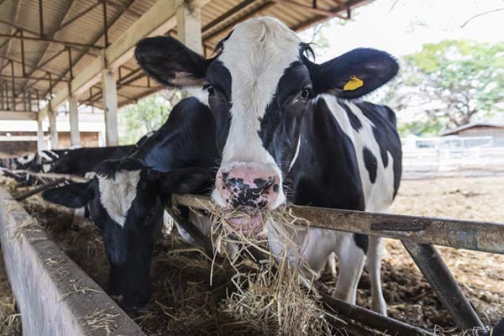×
The Standard e-Paper
Kenya's Bold Newspaper

Napier grass, elephant grass or Uganda grass is a favourite of many small holder dairy farmers. There are several reasons for this — the grass grows relatively fast and can give “elephant” feeds after just three months.
Napier grass has the ability to withstand drought conditions, this coupled with dwindling land size for small dairy holders has made it a preferred choice.